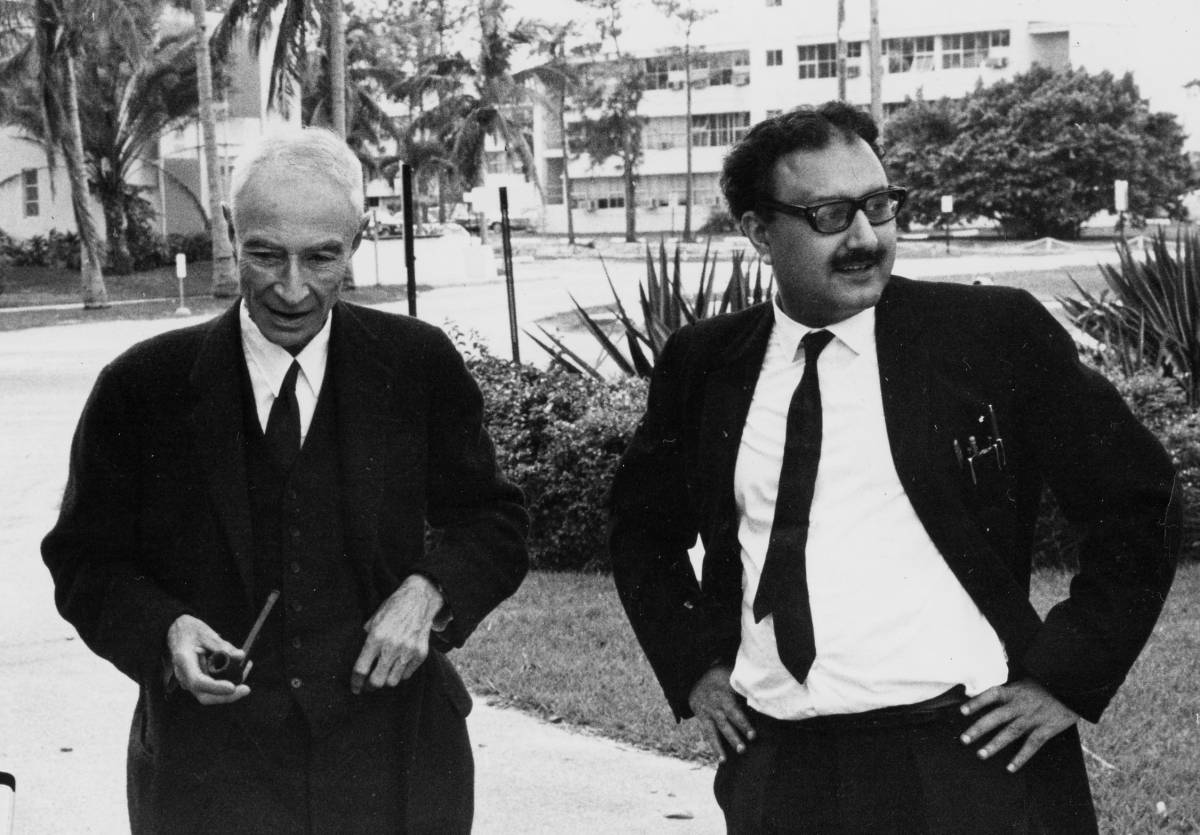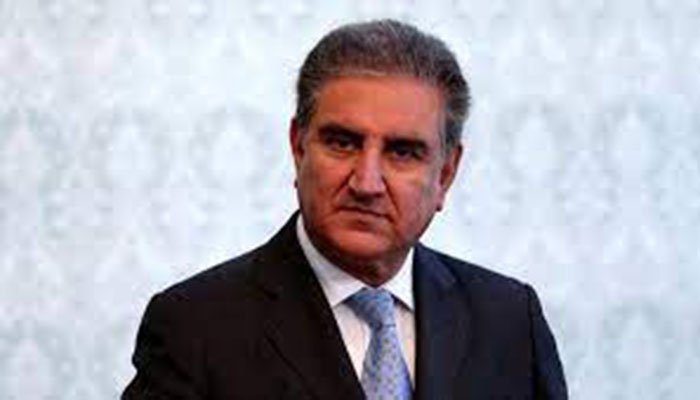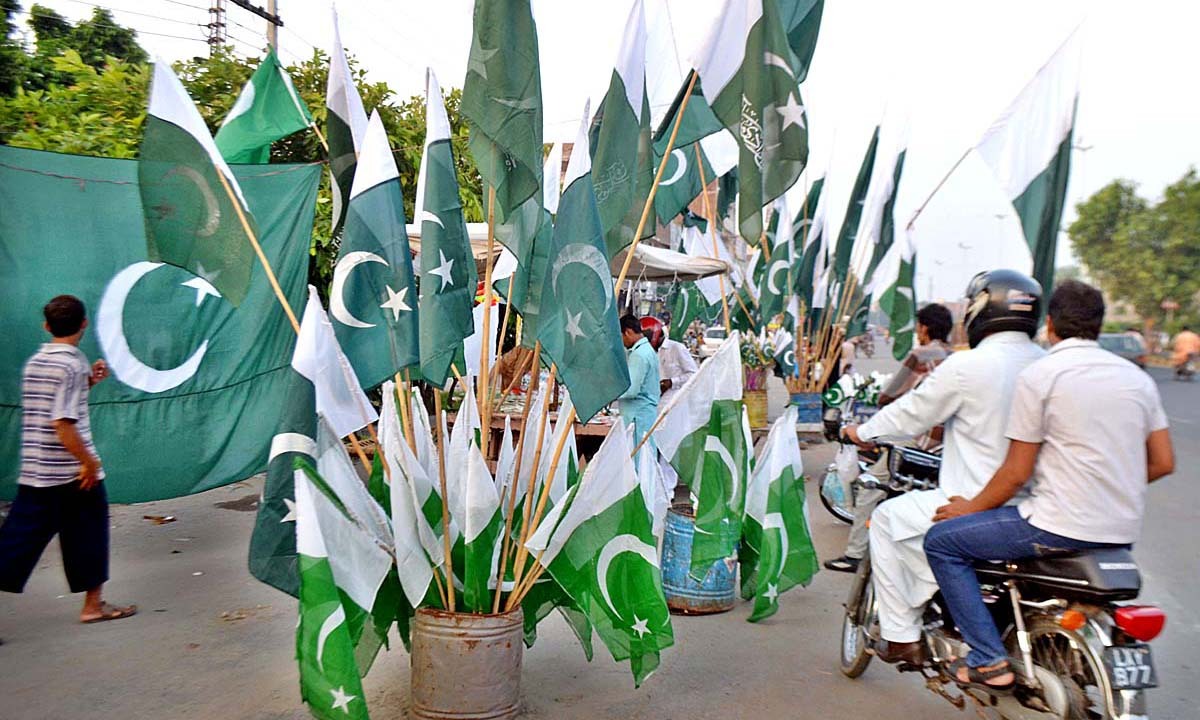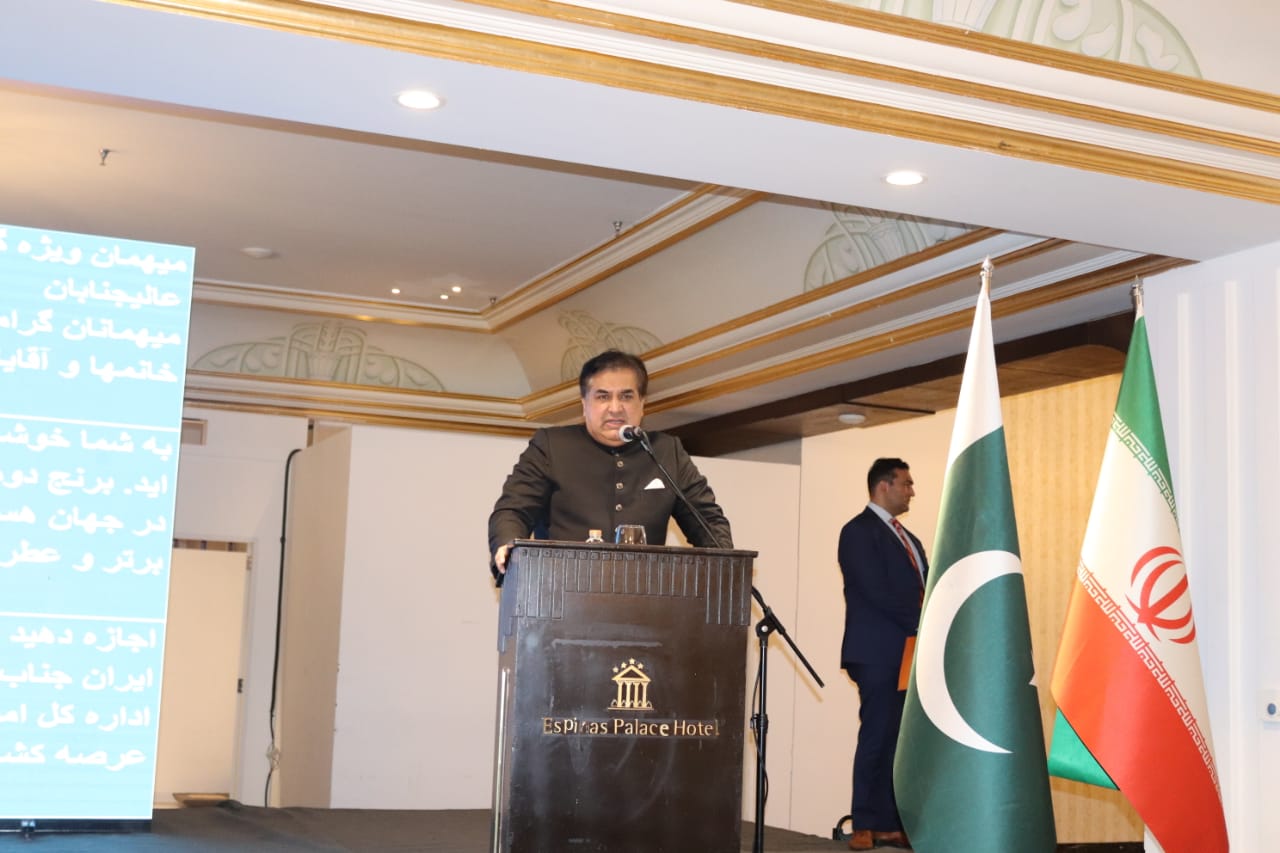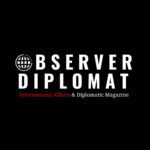In May 2025, Reporters Without Borders (RSF) released its annual World Press Freedom Index, placing Pakistan at 158 out of 180 countries—its lowest rank in years. This significant drop reflects an increasingly hostile environment for journalists, with press freedom under systematic assault from multiple fronts: legal persecution, digital censorship, economic coercion, gendered harassment, and unchecked violence.
Pakistan, a nuclear-armed democracy of 240 million people, claims to uphold constitutional guarantees of free speech and a free press. But the reality is far more complex—and increasingly dangerous. This op-ed outlines the structural, legal, and political drivers behind this worsening crisis and why it matters not just for journalists, but for the future of democracy in Pakistan.
What is the World Press Freedom Index?
The World Press Freedom Index is an authoritative global measure that assesses media freedom in 180 countries, providing insights into the state of press independence worldwide. The index evaluates countries based on five key criteria:
-
Political Context & Pluralism – Does the media represent a diverse range of viewpoints, or is it dominated by a single narrative?
-
Media Independence – To what extent is the press free from interference by the government or corporate entities?
-
Legislative Framework – Are legal protections in place to safeguard press freedom, or do laws suppress it?
-
Journalist Safety – Are journalists able to operate without facing threats, harassment, or violence?
-
Transparency & Infrastructure – Do citizens and media professionals have access to the necessary tools and information to engage in independent reporting?
In 2025, Pakistan’s ranking reflects a steep decline in all these areas, particularly concerning journalist safety and the legal environment. The country now ranks lower than conflict zones such as South Sudan, Afghanistan, and Libya. This marks the most significant drop in Pakistan’s history, a stark contrast to its previous trajectory. While its ranking had been falling steadily since 2018, the extent of this year’s decline underscores the gravity of the challenges facing press freedom in the nation.
Key Factors Behind Pakistan’s Low Press Freedom Ranking
There are several reasons why Pakistan’s press freedom is under constant threat. These factors contribute to the country’s dismal score in the World Press Freedom Index 2025:
1. Weaponization of Laws: The Misuse of PECA
 Pakistan’s Prevention of Electronic Crimes Act (PECA), passed in 2016, was initially intended to combat cybercrime, but it has become a tool for silencing dissent. The law’s broad and vaguely defined provisions allow the government to target journalists, bloggers, and activists with accusations of defamation, spreading “fake news,” or even criticizing the state.
Pakistan’s Prevention of Electronic Crimes Act (PECA), passed in 2016, was initially intended to combat cybercrime, but it has become a tool for silencing dissent. The law’s broad and vaguely defined provisions allow the government to target journalists, bloggers, and activists with accusations of defamation, spreading “fake news,” or even criticizing the state.
PECA has been instrumental in censoring critical voices through:
-
Arrests without warrants
-
Prolonged detentions without access to legal recourse
-
Targeting digital media professionals, many of whom face harassment and intimidation for their work.

For instance, Imran Riaz Khan, a well-known journalist, was arrested under PECA in May 2023 for his political commentary. He faced multiple charges, was held incommunicado for months, and returned in a state of poor health. His case raised serious concerns about enforced disappearances in Pakistan, a disturbing pattern that continues to plague the country.
Moreover, in 2024, Fact Focus, an online platform that reported on elite corruption, was blocked by authorities. Its editor faced legal threats and online harassment, demonstrating the growing trend of censoring media outlets that challenge the status quo.
2. Violence and Intimidation: The Cost of Reporting in Pakistan
Pakistan remains one of the deadliest countries for journalists, with over 90 journalists killed since 2000, according to Committee to Protect Journalists (CPJ). Most of these cases remain unresolved, and the perpetrators go unpunished, contributing to an environment of impunity.
Journalists, particularly those covering the military, judiciary, or issues of corruption, face direct threats. These threats are not just from extremist groups, but from state actors as well, highlighting the deep institutional failure to protect press freedom.
The case of Arshad Sharif, an investigative journalist, is a prime example. Sharif was forced into exile after receiving repeated threats. In 2022, he was shot and killed under suspicious circumstances in Kenya. His death remains unresolved, and no credible investigation has taken place, illustrating the deepening culture of violence against journalists.
In 2024, 18 journalists reported abductions, beatings, or threats related to their work. Despite these alarming figures, no significant investigations have been initiated, and accountability remains lacking. This climate of fear has led to increasing self-censorship, particularly on sensitive political and security issues.
3. Digital Blackouts and Internet Censorship
The Pakistani government has increasingly used digital blackouts and content censorship as a tool to control the narrative. The Pakistan Telecommunication Authority (PTA) regularly blocks access to websites and social media platforms without explanation, often during times of political unrest or protests.
For instance, in February 2024, during political protests, the government shut down access to major platforms like YouTube, X (formerly Twitter), and Facebook for over 48 hours, citing national security concerns. Additionally, 900,000 URLs were blocked in 2024, many of which were critical media outlets, human rights organizations, and independent platforms.
This arbitrary control over digital spaces is particularly harmful as it limits the ability of independent journalists to report and of the public to access critical information. With digital spaces being the last refuge for independent media, these actions represent an alarming trend of silencing opposition voices.
4. Economic Pressures and Media Coercion
In Pakistan, government advertising is a major source of revenue for most media outlets, giving the state significant leverage over editorial content. Independent media outlets that report critically on the government face economic pressure in the form of advertising bans, fines, and delays in payments.
For example, Dawn News, one of the country’s oldest English-language newspapers, has repeatedly faced cuts to government advertising after publishing investigative reports on civil-military relations. Smaller regional outlets have also been forced to shut down in recent years due to financial collapse, exacerbated by government-imposed economic pressures.
This coercive economic environment has resulted in a media landscape where many outlets self-censor to avoid financial ruin, significantly hindering the ability of the press to hold power to account.
5. Harassment of Women Journalists
Women journalists in Pakistan face unique challenges, often subject to gendered abuse, harassment, and online trolling. A 2023 study revealed that 80% of women journalists face regular online harassment, with more than half admitting to self-censorship due to the abuse they receive.
Women journalists like Asma Shirazi, Gharidah Farooqi, and Meher Bokhari have faced sustained social media campaigns designed to undermine their credibility and intimidate them into silence. These attacks, which often include rape threats and character assassination, are rarely investigated, leaving women journalists vulnerable and marginalized in an already hostile environment.
Such harassment not only affects the well-being of the journalists but also contributes to a gender imbalance in the media, discouraging more women from pursuing careers in journalism and further limiting diversity in the profession.
6. Judiciary’s Role: A Failing Guardian
While Pakistan’s judiciary often claims to uphold democratic rights, it has failed to provide meaningful protection for press freedom. Courts routinely dismiss petitions involving censorship or violence against journalists, and legal proceedings are often delayed or obstructed.
In numerous cases of attacks on journalists, no convictions have been secured in the last decade. The judiciary’s reluctance to challenge executive powers, such as those used to block digital platforms or implement PECA, has entrenched a culture of impunity. This lack of judicial oversight has further eroded the ability of the press to function freely and without fear.
Why This Ranking Matters for All Pakistanis
Pakistan’s rank of 158 in the World Press Freedom Index is a clear signal of the deteriorating state of democracy in the country. The repression of journalists and the systematic erosion of press freedom are not isolated issues. When the media is silenced, society as a whole suffers. Corruption flourishes unchecked, human rights violations remain hidden, and democratic accountability crumbles.
The erosion of press freedom affects every citizen: without a free press, there is no way for the public to hold the powerful to account. For Pakistan to regain its standing on the World Press Freedom Index, significant reforms are necessary.
Pakistan’s path to reclaiming its press freedom requires a commitment to reforms that empower journalists, protect their rights, and ensure their safety. A free press is not just a fundamental human right, it is also vital to the functioning of democracy in Pakistan.
Related stories:
Pakistan Ranks Safer Than India & USA in 2025 Global Safety Index
Pakistan Ranks 145th Out of 146 in Global Gender Equality Index





